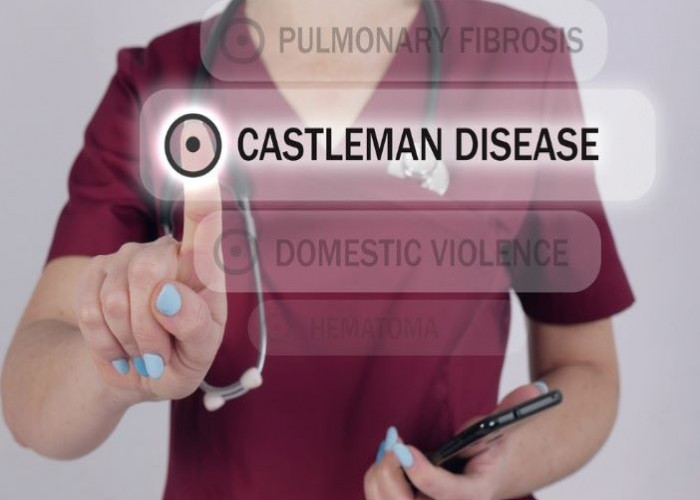 Welcome
Welcome
“May all be happy, may all be healed, may all be at peace and may no one ever suffer."
Castleman disease
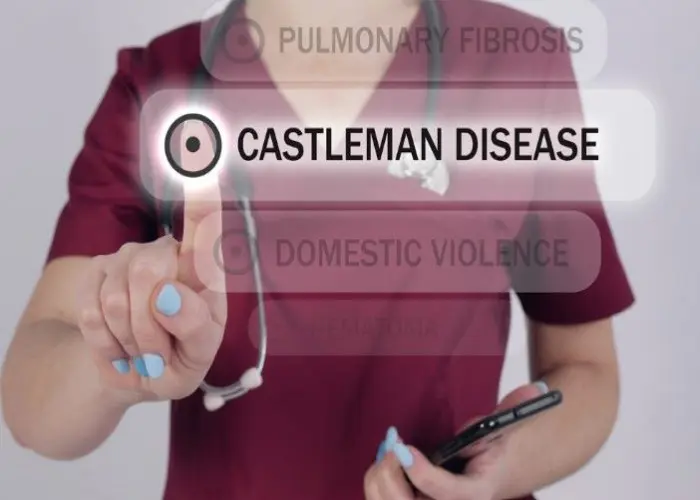
Castleman disease is a rare disorder that affects the lymph nodes and related tissues, such as the spleen and bone marrow. It is characterized by abnormal growth and enlargement of lymph nodes, which can cause a range of symptoms depending on the type and location of the disease. There are two main types of Castleman disease: unicentric, which affects a single lymph node or group of nodes, and multicentric, which involves multiple lymph nodes and can be more severe. Symptoms may include fever, night sweats, fatigue, weight loss, swollen lymph nodes, and organ dysfunction. Treatment options for Castleman disease may include surgery to remove the affected lymph nodes, radiation therapy, and medications such as corticosteroids, immunomodulatory drugs, or monoclonal antibodies. In some cases, stem cell transplantation or clinical trials may be recommended for more aggressive or refractory disease. The outlook for individuals with Castleman disease can vary depending on the type and severity of the disease, and close monitoring and management of symptoms is important for long-term health and quality of life.
Research Papers
Disease Signs and Symptoms
- Fever
- Weight loss
- Fatigue (Tiredness)
- Night sweats
- Excessive sweat
- Nausea or vomiting
- Enlarged liver and spleen
Disease Causes
Castleman disease
It's not clear what causes Castleman disease. However, infection by a virus called human herpesvirus 8 (HHV-8) is associated with multicentric Castleman disease.
The HHV-8 virus has also been linked to the development of Kaposi's sarcoma, a cancerous tumor that can be a complication of HIV/AIDS. Studies have found that HHV-8 is present in nearly all HIV-positive people who have Castleman disease, and in about half of HIV-negative people with Castleman disease.
Disease Prevents
Disease Treatments
Treatment depends on the type of Castleman disease you have.
Unicentric Castleman disease
Unicentric Castleman disease can be cured by surgically removing the diseased lymph node. If the lymph node is in your chest or abdomen — which is often the case — major surgery may be required.
If surgical removal isn't possible, medication may be used to shrink the lymph node. Radiation therapy also may be an effective way to destroy the affected tissue.
You'll need follow-up exams, including imaging, to check for relapse.
Multicentric Castleman disease
Treatment for multicentric Castleman disease generally involves medications and other therapies to control cell overgrowth. Specific treatment depends on the extent of your disease and on whether you have HIV or HHV-8 infection or both.
Treatment options for multicentric Castleman disease may include:
- Immunotherapy. The use of drugs such as siltuximab (Sylvant) or rituximab (Rituxan) can block the action of a protein that is produced in excess in people who have multicentric Castleman disease.
- Chemotherapy. This type of medication can slow the overgrowth of lymphatic cells. Your doctor may recommend adding chemotherapy if the disease doesn't respond to immunotherapy or if you have organ failure.
- Corticosteroids. Drugs such as prednisone can help control inflammation.
- Antiviral drugs. These drugs can block the activity of HHV-8 or HIV if you have one or both of those viruses.
Disease Diagnoses
Disease Allopathic Generics
Disease Ayurvedic Generics
Disease Homeopathic Generics
Disease yoga
Castleman disease and Learn More about Diseases
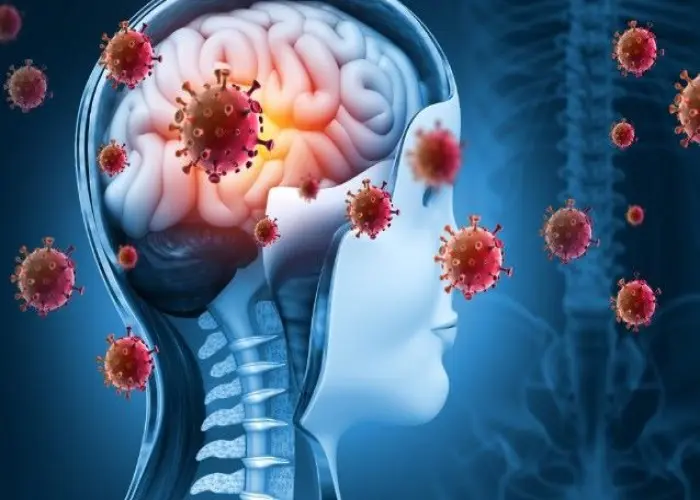
Encephalitis
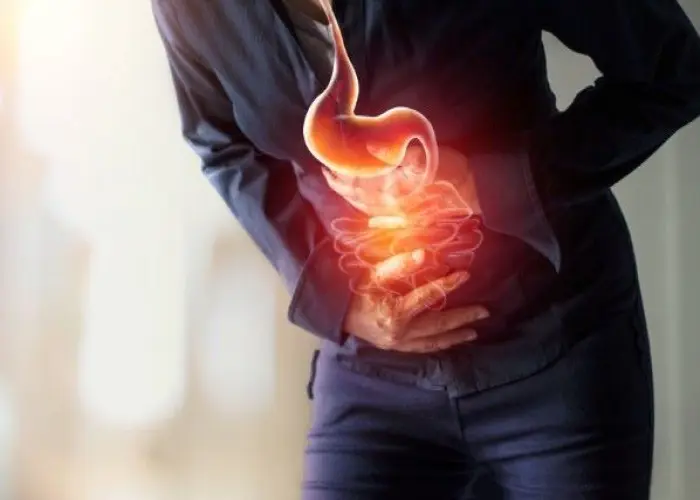
Indigestion

Osteochondritis dissecans
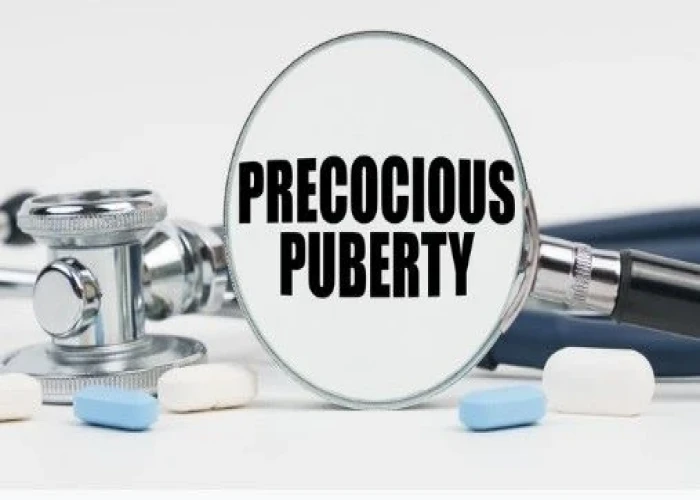
Precocious puberty

Interstitial cystitis

Schizoid personality disorder
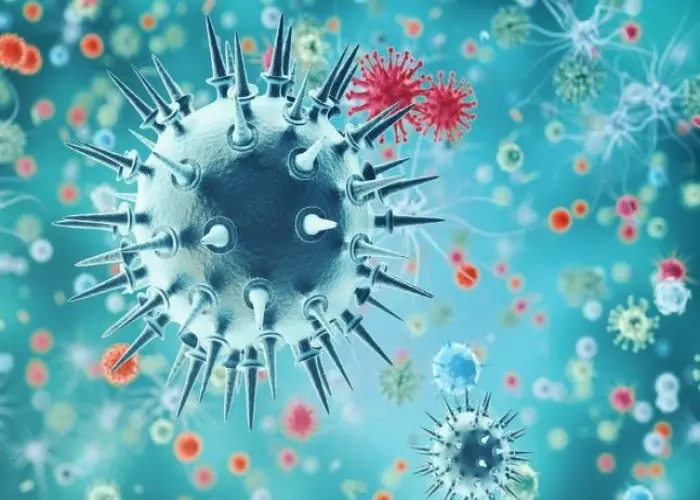
Infectious diseases

Erysipelas
Castleman disease, Multicentric castleman disease, ক্যাসেলম্যান রোগ
To be happy, beautiful, healthy, wealthy, hale and long-lived stay with DM3S.
